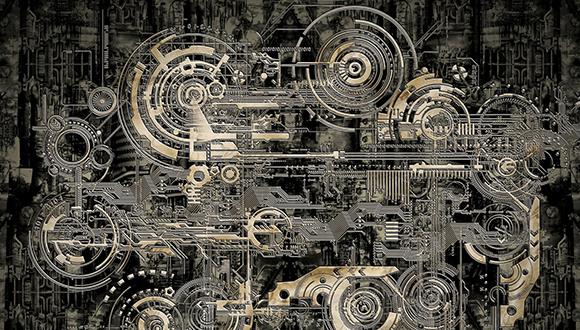Epithelial tissues as active solids: from contraction patterns to rip resistance
Shahaf Armon
"ZOOM" SEMINAR
SCHOOL OF MECHANICAL ENGINEERING SEMINAR
Monday, January 4, 2021 at 14:00
Epithelial tissues as active solids: from contraction patterns to rip resistance
Shahaf Armon
Physics of Complex Systems/WIS.
Confluent epithelial tissues can be viewed as soft active solids. These out of equilibrium substrates are made of active units (the cells) that are self-driven and act autonomously (crawl, contract, etc) in response to local conditions. In parallel, the substrate also supports continuum chemical and mechanical fields, which are capable of creating feedback loops. Perhaps surprisingly, little is known about the emergent dynamic patterns and mechanical properties in such materials, and there is no unified theory for these active solids. In this talk I will present my experimental work on the epithelium of T. adhaerens, an understudied organism, considered “the simplest living animal”. Made almost entirely of basal epithelium, with no neurons and muscles, it is yet capable of complex behavior (collective locomotion, taxis, external digestion, reproduction by fission). I will show the extreme contractile dynamics we discovered in the live epithelium, and present a generic model for the propagating of contraction pulses in such tissues, as seen in T. adhaerens and in other epithelial systems. These pulses are active-acoustic solitons, that do not attenuate despite the overdamped conditions. The model is based solely on the well-known single-cell response of contraction under tension, and it predicts another emergent phenomenon: enhanced rip resistance via homogenous distribution of external loads. Since keeping integrity is at the heart of epithelium function, the model is relevant to many epithelial tissues, especially such that are prone to repeated mechanical tensions (gut, airway, vasculature, bladder) in different medical contexts (from leaky gut to asthma but also in tissue engineering and implants). Finally, the model may inspire engineering of synthetic materials with enhanced resistance to rupture.
Join Zoom Meeting
https://zoom.us/j/96584758181?pwd=WC9PMXdsYzJ3NFdEN2Q5ZUtOZEVjdz09 The meeting will be recorded and made available on the School’s site.


